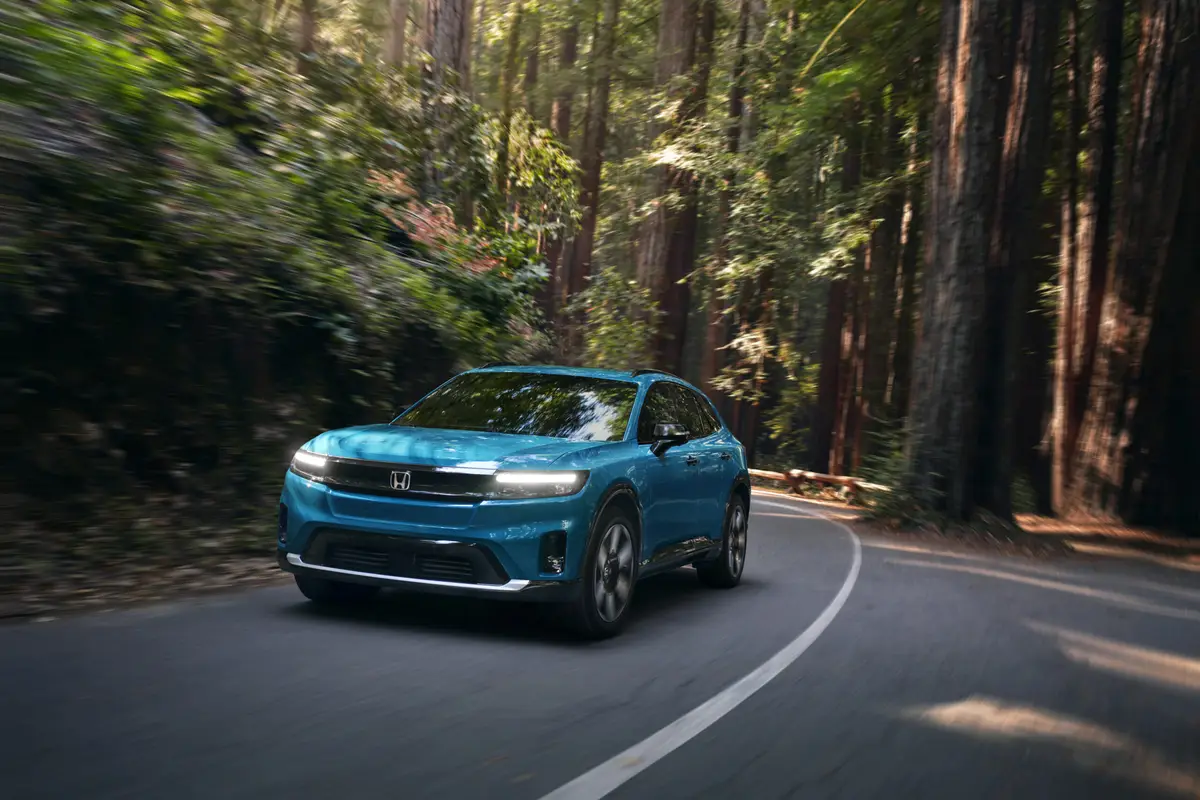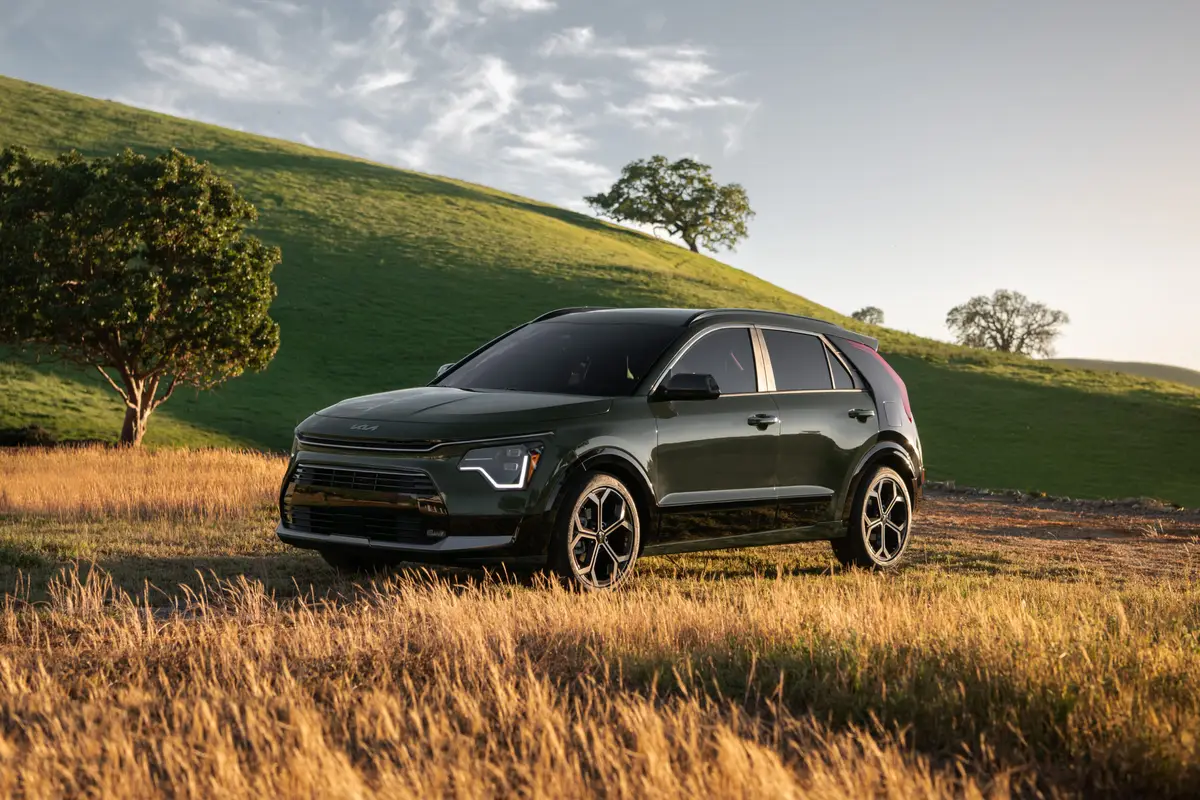TheMercuryNews.com's view
Safety, safety, safety.
Expect to hear a lot about it this fall when Ford Motor Co.’s redesigned Windstar minivan arrives in showrooms.
“We know what matters most to our customers,” said Mary Ellen Heyde, Windstar vehicle line director. “We built in safety first, then added the comfort and convenience features that people enjoy in a new vehicle.”
So even as Ford finally catches up with competitors by making available a second sliding side door on the Windstar and adds power to both side doors, it also raises the bar on safety features.
The 1999 Windstar is the first minivan to offer side air bags for front-seat riders that are designed to cushion both the head and torso.
Chrysler Corp.’s popular minivans don’t have side air bags, and General Motors Corp.’s minivans — the Chevrolet Venture, Pontiac Trans Sport and Oldsmobile Silhouette — have side air bags that are designed to protect the torso but not necessarily the head, too.
The catch here — and one Ford isn’t likely to trumpet in ads — is that its new side air bags will cost you an extra $390, while the GM side air bags are standard. Both systems are for front-seat riders only.
The Windstar also offers a novel, reverse-sensing system that helps tell a driver if she — in a minivan, it’s more likely a woman driver, according to statistics — is getting too close to something behind her as she backs up.
It’s pretty cool, especially when you consider how difficult it can be to parallel park a minivan. I didn’t quite trust the system at first but was soon eagerly waiting for it to alert me — via audible beeps inside the van — that the van was approaching an obstacle as I backed up.
The beeps start when the van’s bumper is about 5.9 feet away from something and increase in rate as the vehicle gets closer to it, becoming nearly a single, unending beep when the van’s bumper is on top of the obstacle.
The system operates via ultrasonic sensors positioned in various spots on the back bumper. Don’t worry that your Windstar will sound like the neighborhood garbage truck whenever it backs up, however. The beeping is only heard inside the van, not outside.
But, like the side air bags, this system is an option, costing $245.
The Windstar also gets new, standard foam and cushioning in the ceiling and window pillars to help reduce head injuries in a crash.
All these safety improvements are on top of the Windstar’s considerable accomplishment, set in 1995, as the first minivan to receive the top ranking, five stars, from the U.S. government in crash test ratings.
Those five stars are awarded by the National Highway Traffic Safety Administration, which conducts laboratory tests on new vehicles and compares them with other vehicles in the same market segment. The only other minivan to receive five stars is the 1998 Toyota Sienna.
It’s too early to tell if the Windstar will receive another five-star rating for 1999. The government has not yet c rash-tested the new model. But Heyde said Ford did everything it could to ensure the minivan doesn’t lose the coveted rating.
The exterior of the Windstar has a more formal look now. But it also bears a striking resemblance to Chrysler’s dressy Town & Country minivan.
All interior door panels in the Windstar are restyled, though even in the top-of-the-line Windstar SEL they continue with a decidedly plastic feel.
And the lower body cladding outside that’s put on the SEL extends outward at the door sills too far. I bumped my legs on it each time I descended from the front seats.
The Windstar’s 200-horsepower, 3.8-liter V-6 and four-speed automatic transmission aren’t new but they’ve been improved. In fact, Heyde proclaimed, “The 1999 Windstar will not only be the safest vehicle on the road today, it will be the cleanest.”
That’s because the 3.8-liter V-6 is engineered to meet California’s Ultra Low Emission Vehicle status.
And while horsepower remains at 200, orque is increased by 15 pounds-feet to 240 at 3,600 revolutions per minute. Torque also is increased in the Windstar’s base 3.0-liter V-6.
Handling is improved a bit, thanks in part to more work on body rigidity and enhancement of the suspension. Still, the Windstar continues to wallow on the road, with a good amount of body sway.
But there’s no denying the Windstar is racing ahead in the safety area. I can’t wait to see how competitors rethink their minivan safety strategies.
SPECS
What we drove: 1999 Ford Windstar SEL, a five-door, seven-passenger minivan with 3.8-liter V-6 and four-speed automatic transmission.
Base price: $30,415
Price as tested (includes options and delivery charge): $31,630
Curb weight: 4,000 pounds (est.)
Length: 200.9 inches
Turning circle (curb to curb): 39.5 feet
Standard features: Two front air bags; power sliding doors; roof rack; remote keyless entry; 16-inch wheels; air conditioning; leather seats; overhead console; tachometer; personal audio system; cruise control; four-wheel anti-lock brakes.
Options on test vehicle: Side front air bags; reverse-sensing system
EPA figures: 18 mpg (city) 25 mpg (highway)
Latest news



